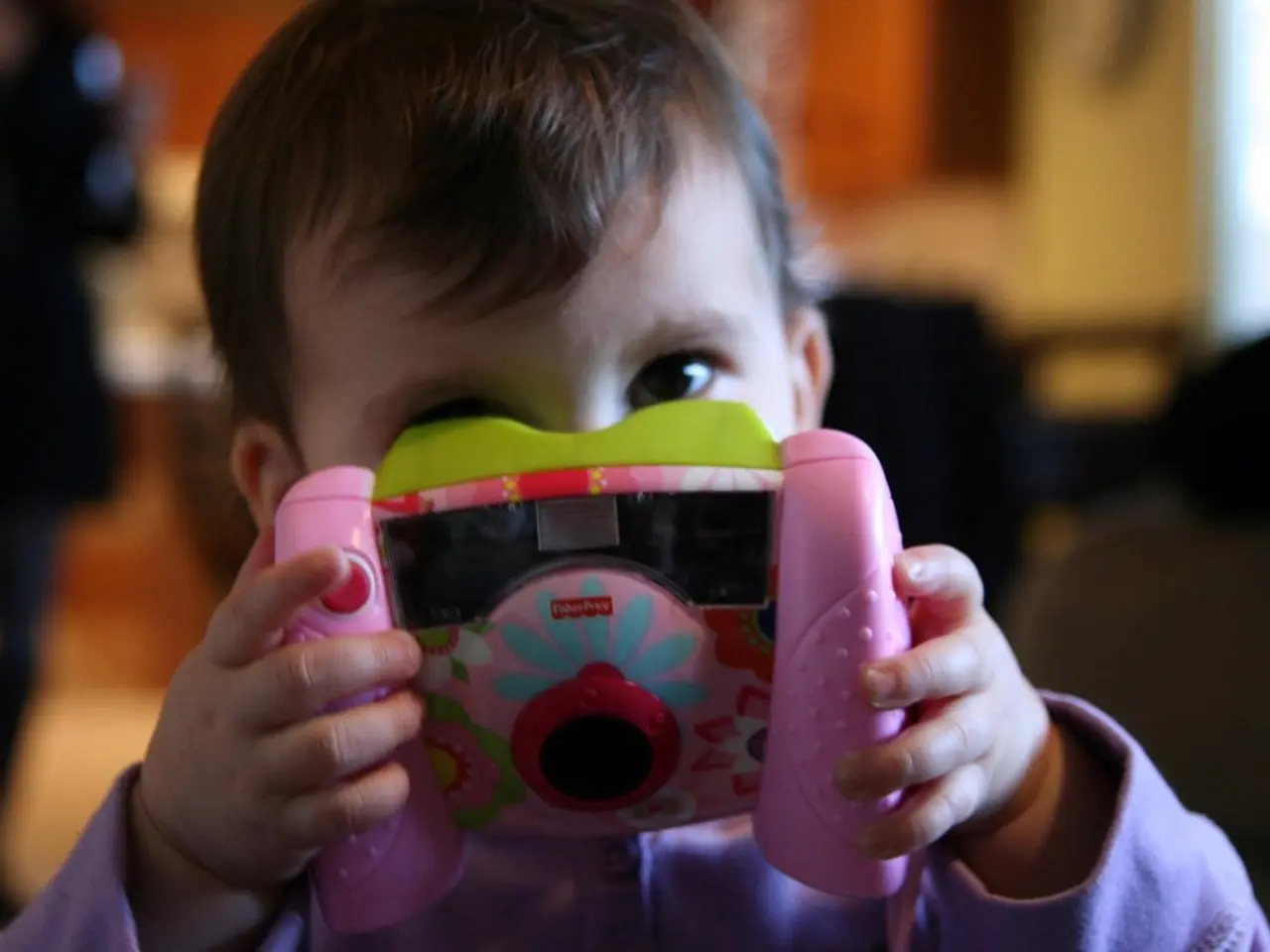Differentiating Asperger's Syndrome from Autism: Explaining the Key Distinctions
In a significant shift in diagnostic practices, Asperger's Syndrome (AS) is no longer a separate diagnosis. Under the American Psychiatric Association's Diagnostic and Statistical Manual of Mental Disorders, 5th edition (DSM-5), Asperger’s syndrome is now included within autism spectrum disorder (ASD).
The change was made to simplify diagnosis and potentially improve access to services. Previously distinct diagnoses such as Asperger's syndrome, classic autism, childhood disintegrative disorder, and pervasive developmental disorder not otherwise specified (PDD-NOS) are now treated as parts of a single spectrum disorder.
Individuals who might have previously been diagnosed with Asperger's syndrome (typically characterized by mild social communication difficulties without significant language delay or intellectual disability) are now diagnosed as having Level 1 ASD under DSM-5 criteria, indicating mild autism symptoms requiring support.
An ASD diagnosis requires persistent difficulties in social communication and interaction, along with restricted, repetitive patterns of behavior and sensory issues, with symptoms evident early in development. The spectrum nature of ASD means varying severity, where Level 1 aligns closely with the former Asperger’s profile: some social difficulties and repetitive behaviors but generally the ability to function independently.
The change in diagnosis does not mean that the challenges faced by individuals with AS have disappeared. ASD can cause challenges with social interactions, communication, and behavior, with varying severity and characteristics. However, the shift in diagnosis may open up new avenues for support and services for those affected.
It's important to note that there is no scientific support for the use of dietary approaches for autistic children. Anyone interested in dietary changes should speak with a doctor first.
Assistive technology, such as communication boards and certain software on electronic devices, can help autistic people interact with others more effectively. Occupational therapy can also provide guidance about daily living skills and communication.
Applied behavior analysis, a form of support for autistic children, encourages helpful behaviors while discouraging unhelpful ones. Types include positive behavior and support, pivotal response training, early intensive behavioral intervention, and discrete trial teaching.
In addition, certain medications may help manage certain ASD characteristics, such as high energy levels, trouble focusing, anxiety, depression, and seizures.
While AS and autism are now considered the same condition under the umbrella diagnosis of ASD, Social Anxiety Disorder (SAD) is a distinct condition. SAD is characterized by an intense fear of other people scrutinizing and assessing negatively, leading to excessive avoidance of social interactions.
In conclusion, the shift in diagnosing Asperger's Syndrome as part of Autism Spectrum Disorder aims to simplify the diagnostic process and potentially improve access to services. It's important for individuals with AS, their families, and healthcare providers to understand the changes and the ongoing support available.
Science and health-and-wellness professionals are urged to acknowledge the inclusive nature of Autism Spectrum Disorder (ASD), as Asperger's Syndrome (AS) is now considered part of it. Previously diagnosed individuals with AS, exhibiting mild social communication difficulties, will now be categorized as having Level 1 ASD, highlighting the mental-health implications.




